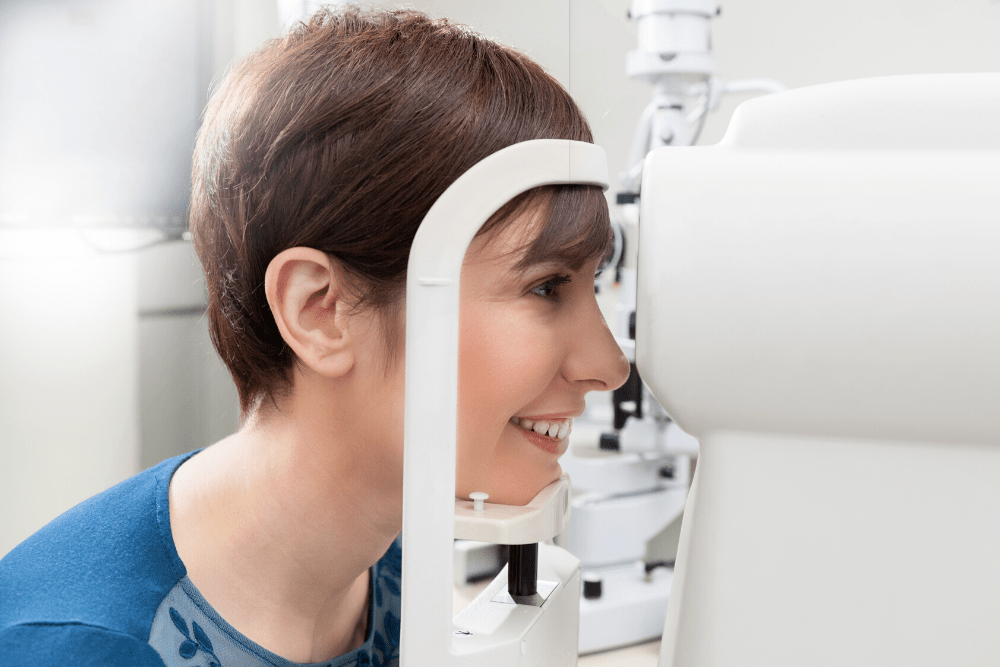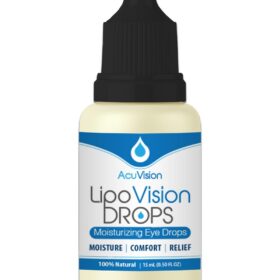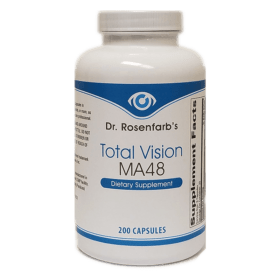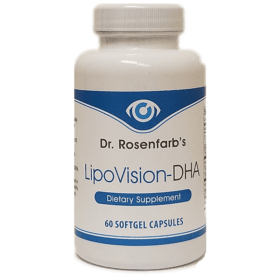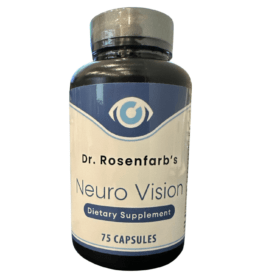Posterior Vitreous Detachment
Posterior Vitreous Detachment (PVD) affects 75% of people over the age of 65 but maybe helped with dietary and nutritional changes. The jelly-like vitreous gel (vitreous humor) is 99% water and takes up the space between the retina and the lens of the eye. As we get older, the vitreous becomes more liquid and causes a strain on the connective tissue and fibers, often resulting in a tear or detachment from the retina. A vitreous detachment is not sight-threatening and requires no medical treatment, however …In patients with symptoms of a PVD, there is an incidence of retinal tears of 14.5% and hemorrhages of 22.7%. One study shows floaters in 42%, flashes in 18%, and both floaters and flashes in 20% of patients with PVD and secondary retinal pathology. Only about 10% of patients with PVD develop a retinal tear; around 40% of patients with an acute retinal tear, if left untreated, will develop a retinal detachment. So, it is crucial to get an immediate evaluation of any first signs of symptoms. In some cases with a partial vitreous tear, the remaining fibers can continue to pull on the retina, resulting in a macula hole, or potentially, a tear in the retina or retinal blood vessel. Again, this needs to be monitored by your eye doctor.
How To Heal Your Eyes At Home
Our New groundbreaking at home treatment program
Rest Easy.
Your Vision Is Our Mission
Apply Now For A Consultation to Discover if In Office Treatments are Right for You.

